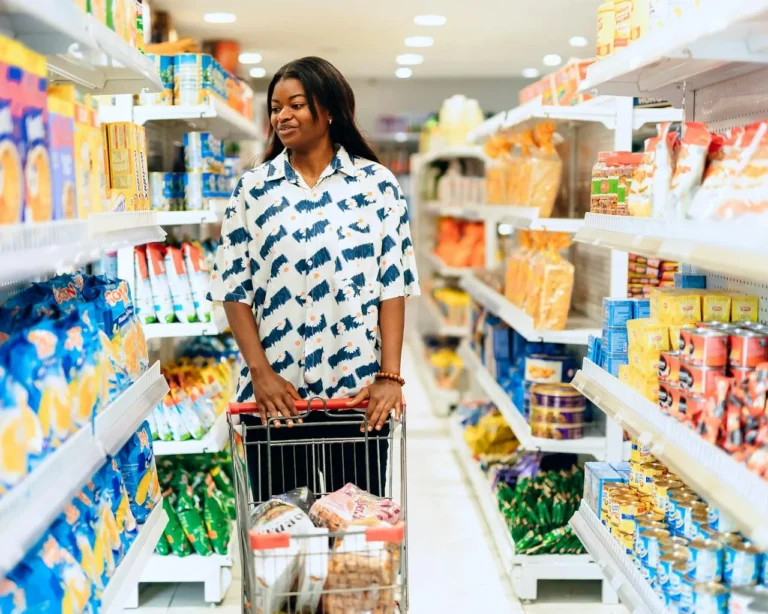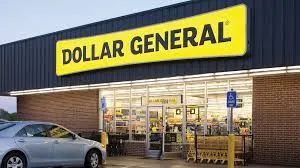
The Evolution of Fast Fashion: Navigating a New Retail Landscape
The fast fashion industry is at a critical crossroads. The economic forces that once made ultra-cheap, high-volume fashion viable are rapidly shifting, creating an unavoidable reset of an entire retail system built on razor-thin margins and lightning-quick fulfillment. The recent policy changes introduced under President Trump’s administration, including sweeping tariffs and postal rate adjustments, have ignited a wave of transformation in the sector. Meanwhile, evolving consumer behaviors toward sustainability and secondhand markets have intensified the pressure on fashion retailers to rethink their strategies.
Fast fashion has long thrived on low-cost production, just-in-time inventory models, and instant gratification for consumers. However, a convergence of three major disruptors—tariffs closing the de minimis loophole, the USPS restructuring shipping rates, and a consumer shift toward sustainability—has created a perfect storm for the industry. As traditional fast fashion models become financially unsustainable, brands must adapt by embracing hybrid models that balance trend-driven rapid production with slow, sustainable elements.
The Changing Economics of Fast Fashion
At its core, fast fashion has relied on ultra-efficient global supply chains, leveraging cheap labor and tax loopholes to maintain affordability. However, the closure of the de minimis loophole, which once saved brands up to 20% on costs, has made this model unworkable. Many brands that built their empires on these cost-saving strategies are now struggling to absorb rising expenses without alienating price-sensitive consumers.

In addition, the recent restructuring of USPS weight-based pricing has significantly increased shipping costs for lightweight packages, directly impacting the e-commerce model that many fast fashion retailers depend on. Higher fulfillment costs mean that an $18 dress that once seemed like a bargain now faces resistance when priced at $30. Since the entire appeal of fast fashion hinges on affordability and immediacy, these cost hikes pose a direct threat to its viability.
Compounding these economic challenges is a growing shift in consumer preferences. The U.S. resale apparel market expanded seven times faster than traditional retail in 2023, reaching $43 billion. Consumers, particularly Gen Z, are increasingly drawn to sustainable shopping options, with over 80% embracing secondhand purchases. This fundamental change in shopping behavior signals that the days of disposable, trend-driven fashion may be numbered.
The Rise of Hybrid Fashion: A Sustainable Alternative
In response to these challenges, retailers must adopt a hybrid approach that integrates the best aspects of both fast and slow fashion. A hybrid model strategically balances trend-driven production with timeless, durable wardrobe staples that can be produced with longer lead times.
- Fast elements remain essential for capturing short-lived trends, but production must shift towards pre-sale models to validate demand before manufacturing. This reduces the risk of unsold inventory while still allowing brands to respond quickly to emerging fashion trends.
- Slow elements focus on essential wardrobe pieces that do not rely on seasonal trends. Items like plain sweatshirts, denim, white tees, and versatile basics can afford longer transit times and be produced in a more sustainable manner.
This model acknowledges that while consumers still crave the excitement of trendy pieces, they are also becoming more conscious of sustainability and quality. The brands that will succeed are those that strike a balance between these two approaches.
Adapting to the New Retail Reality
Surviving this industry shake-up requires immediate and strategic action. Companies must rethink their entire approach to production, inventory, and logistics. Below are the critical steps fashion retailers should take to stay competitive in this evolving landscape:
1. Diversify Supply Chains
The days of relying solely on Chinese and Vietnamese manufacturing are over. The volatility of global trade policies and rising labor costs demand a diversified sourcing strategy. Brands must explore production opportunities in regions with favorable trade agreements and flexible manufacturing capabilities, ensuring resilience against future economic shifts.
2. Implement Pre-Sale Models
Pre-sale models provide a more sustainable way to meet demand without the risk of overproduction. Companies like Telfar and Revolve have successfully implemented pre-order strategies, ensuring that production aligns closely with consumer interest. This method reduces waste, optimizes cash flow, and minimizes excess inventory.
3. Rethink Distribution Strategies
To maintain competitive delivery times, brands must strategically place inventory across various U.S. regions and leverage free trade zones. For fast-moving trend items, direct air shipments to third-party logistics (3PL) centers ensure rapid fulfillment. Meanwhile, slower-moving essentials can be transported via cost-effective ocean freight without disrupting inventory flow.
4. Prioritize Community Building Over Transaction Volume
The brands that will thrive are those that foster deeper relationships with their customers. Companies like Olivia Rose The Label and Maison Cléo, which produce garments on a made-to-order basis, have cultivated loyal followings by emphasizing craftsmanship and intentionality. This shift from mass production to community-driven commerce enhances brand trust and long-term customer retention.
The Future of Fashion: A Shift Toward Sustainability
The fast fashion model that dominated the early 2000s is undergoing an irreversible transformation. While consumers still crave affordability and accessibility, their expectations regarding sustainability, ethical production, and quality have changed dramatically. Brands must recognize this shift and respond with business models that align with modern values.
The transition to hybrid fashion represents an exciting opportunity to build a more responsible and financially sustainable industry. By embracing a mix of fast and slow elements, brands can meet evolving consumer needs while navigating the economic and logistical challenges of the new retail era.
Conclusion: A Defining Moment for Fashion Retail
For decades, fast fashion has been synonymous with affordability and accessibility, disrupting traditional retail with its rapid turnaround times and ever-changing collections. However, the industry now faces an existential challenge as economic pressures and consumer preferences shift dramatically.
The path forward lies in innovation and adaptability. Brands that embrace hybrid fashion, diversify their supply chains, implement pre-sale models, rethink distribution strategies, and prioritize customer relationships will emerge stronger. Those who fail to pivot risk being left behind in an industry that is rapidly redefining itself.
This is not the end of fashion disruption—it is the beginning of a new era of sustainable, adaptable, and consumer-driven retail. Companies that recognize this transformation and act swiftly will not only survive but thrive in the evolving fashion landscape.







